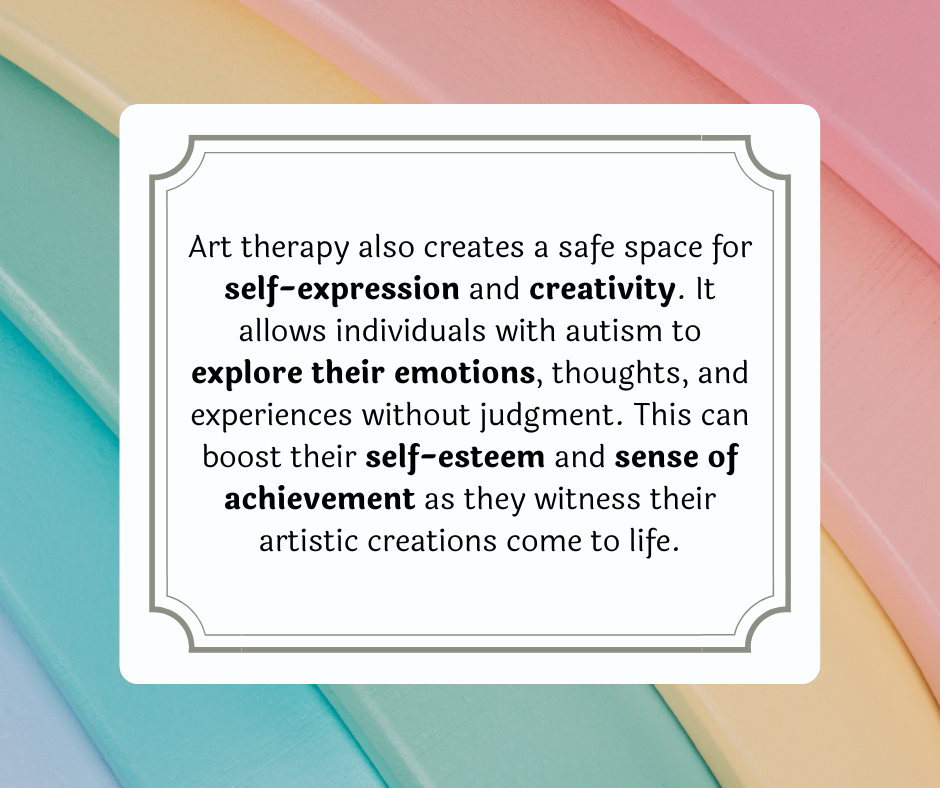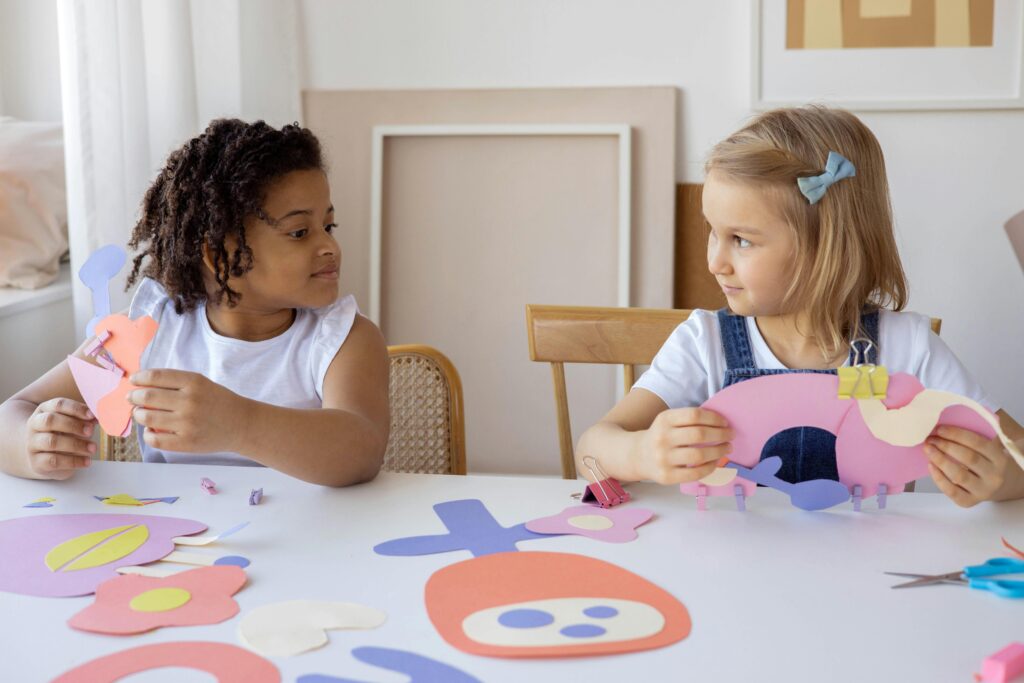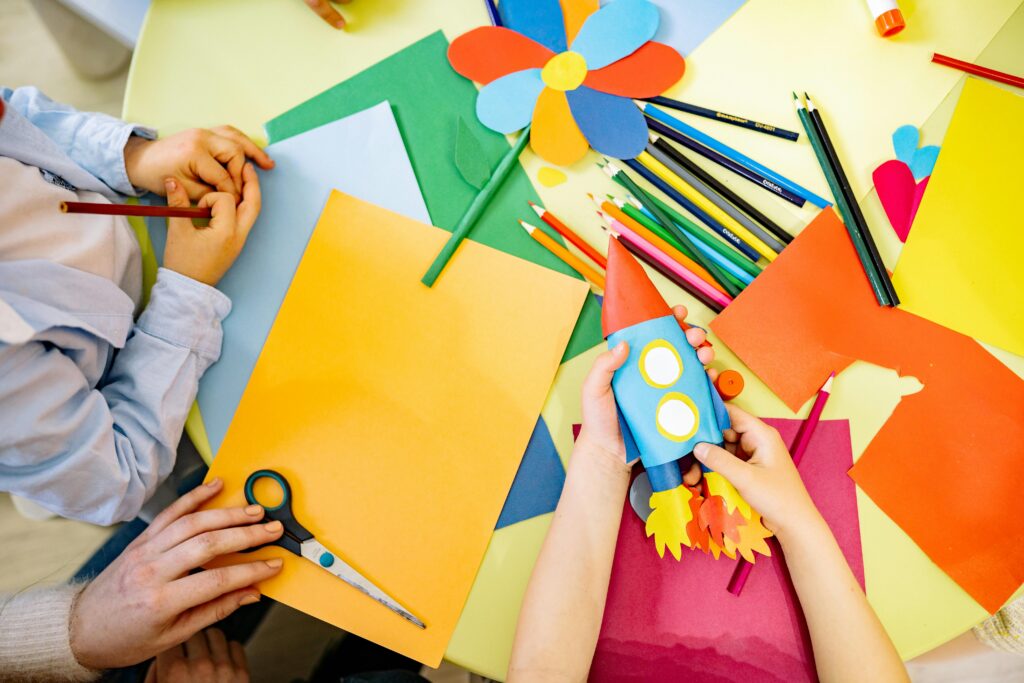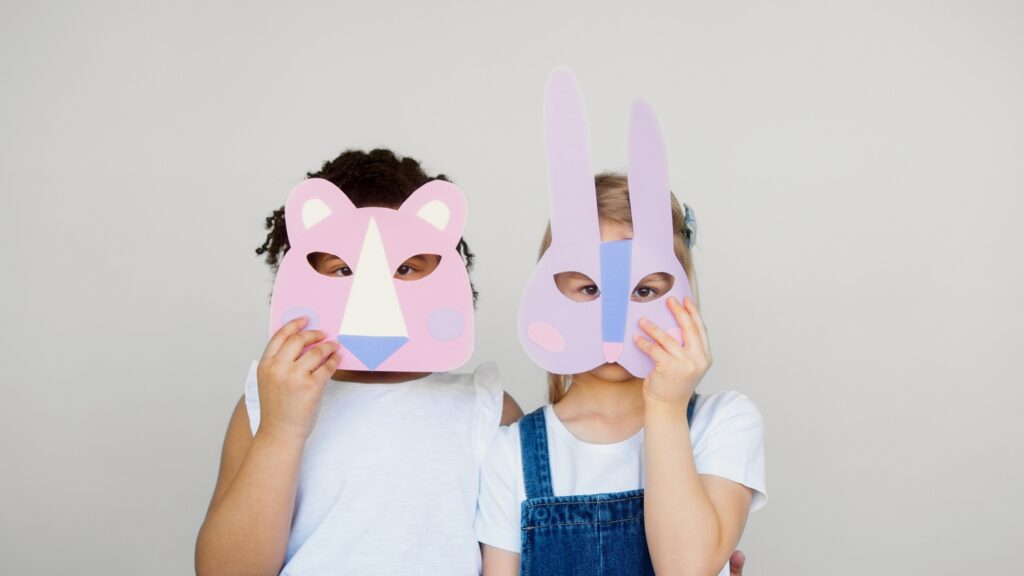Art therapy is a valuable intervention for individuals with autism as it provides a meaningful and engaging way to explore emotions, enhance communication skills, and promote self-expression. By incorporating art activities into therapy sessions, children with autism can experience a range of benefits that contribute to their overall development and well-being.

Benefits of Art Therapy
Art therapy offers a variety of benefits for individuals with autism. It provides a unique avenue for self-expression, allowing children to communicate and express themselves through non-verbal means. This can be particularly beneficial for individuals who struggle with verbal communication. Through art, they can convey their thoughts, feelings, and experiences in a safe and non-threatening environment.
Engaging in art activities, such as painting, drawing, sculpting, and crafting, can also enhance motor skills, coordination, and dexterity in children with autism. These activities require precise movements and fine motor control, helping to improve their hand-eye coordination and overall motor abilities.
Incorporating Art Activities
Incorporating art activities into therapy sessions can be highly effective for children with autism. Therapists and caregivers can tailor the activities to meet the unique needs and interests of each individual. By considering their preferences, sensory sensitivities, and developmental goals, art therapy can be personalized to maximize engagement and therapeutic outcomes.
For example, art therapy can address sensory sensitivities by using different textures, colors, and materials. This allows individuals with autism to explore and interact with sensory stimuli in a controlled and comfortable manner. By gradually introducing new sensory experiences, art therapy can help individuals become more tolerant of sensory input.
Moreover, art therapy is an excellent avenue for promoting social interaction and communication skills. Collaborative art projects encourage sharing, turn-taking, and cooperation, fostering social engagement and teamwork. Through these activities, children with autism can develop important social skills while building connections with others.

Enhancing Motor Skills and Coordination
Art therapy provides a valuable platform for enhancing motor skills and coordination in individuals with autism. Engaging in activities like painting, drawing, sculpting, and crafting can have a positive impact on their dexterity and physical abilities.
Painting and Drawing
Painting and drawing are versatile art activities that can help improve fine motor skills and hand-eye coordination in individuals with autism. Holding and manipulating a paintbrush or pencil requires precise movements, which can strengthen hand muscles and improve control.
Through painting and drawing, individuals with autism can refine their motor skills by practicing different strokes, shapes, and patterns. This promotes the development of fine motor control, allowing them to create more detailed and intricate artworks over time. Additionally, these activities encourage concentration and focus, which can benefit individuals with autism who may struggle with attention.

Sculpting and Crafting
Sculpting and crafting involve working with various materials such as clay, paper, fabric, and other art supplies. These activities provide opportunities for individuals with autism to enhance their motor skills and coordination in a tactile and hands-on manner.
Working with clay, for example, requires individuals to manipulate and shape the material using their hands and fingers. This helps improve their fine motor control, finger strength, and coordination. Crafting activities like cutting, folding, and gluing also contribute to the development of fine motor skills and hand dexterity.
Engaging in sculpting and crafting activities allows individuals with autism to express their creativity while simultaneously improving their motor skills. The sensory nature of art materials can be particularly beneficial, as it provides an opportunity for sensory exploration and integration. Exploring different textures, colors, and materials can aid in sensory development and regulation for individuals with autism.

Addressing Sensory Sensitivities
Art therapy can be a powerful tool for addressing sensory sensitivities in individuals with autism. By using various textures, colors, and visual stimuli, art therapy provides a safe and engaging environment for sensory exploration and creative expression.
Texture and Material Exploration
For individuals with autism, sensory experiences play a crucial role in their daily lives. Art therapy can capitalize on this sensory nature by incorporating different textures and materials into the activities. By providing a range of tactile experiences, such as smooth, rough, soft, or bumpy surfaces, individuals with autism can engage their senses and explore new sensations.
Art therapists often offer a variety of art materials, including different types of paper, fabrics, clay, or even natural materials like leaves and feathers. These materials can be manipulated, touched, and explored, allowing individuals with autism to engage their sense of touch and develop a deeper connection with their artwork.
Using Colors and Visual Stimuli
Colors and visual stimuli are also important components of art therapy for individuals with autism. The use of vibrant colors can evoke emotions and create a visually stimulating experience. Art therapists may encourage the use of a wide range of colors to help individuals express their feelings and communicate their experiences.
Visual stimuli can also be incorporated into art therapy activities. This can include using pictures, photographs, or images from nature as inspiration for artwork. Visual prompts can help individuals with autism engage their imagination and connect with the world around them.
By addressing sensory sensitivities through texture and material exploration, as well as using colors and visual stimuli, art therapy provides a unique and effective approach to supporting individuals with autism. It creates a safe and welcoming space for sensory exploration and self-expression, promoting emotional growth, skill development, and self-regulation.

Promoting Social Interaction
Art therapy provides a unique opportunity to promote social interaction in children with autism. By engaging in art activities, individuals can develop essential social skills, such as collaborating on projects, sharing materials, and taking turns. This section explores two key aspects of art therapy that enhance social interaction: collaborative art projects and sharing and turn-taking.
Collaborative Art Projects
Collaborative art projects involve multiple individuals working together to create a collective piece of artwork. These projects encourage cooperation, communication, and teamwork among participants. For children with autism, collaborative art projects offer a chance to engage in shared activities and develop social bonds.
During collaborative art projects, individuals with autism can learn to express their ideas, listen to others’ perspectives, and work towards a common goal. This process fosters important social skills, including effective communication, compromise, and problem-solving. Moreover, collaborative art projects create a sense of belonging and promote a positive group dynamic.

Sharing and Turn-Taking
Sharing and turn-taking are crucial social skills that can be challenging for individuals with autism. Art therapy provides a structured and supportive environment to practice these skills. Through art activities, individuals can learn to share art supplies, take turns using materials, and engage in reciprocal interactions.
Practicing sharing and turn-taking during art therapy sessions helps individuals with autism develop patience, flexibility, and empathy. They learn to respect others’ boundaries and gain a sense of fairness in collaborative settings. These skills are transferable to various social situations, contributing to improved social interactions beyond the art therapy setting.
Remember that art therapy is just one of many interventions that can benefit individuals with autism. It’s important to consider a holistic approach and tailor interventions to meet the unique needs of each individual. Other therapies, such as play therapy and animal therapy, can complement art therapy in supporting the overall development and well-being of individuals with autism.
Art therapy offers children with autism a safe space for self-expression and creativity while also fostering self-esteem and a sense of achievement. Through art activities, individuals with autism can explore their emotions, communicate their thoughts, and develop a positive sense of self. Let’s explore two important aspects of art therapy that contribute to fostering self-expression and self-esteem.

Recommended Art Activities for Autistic Children
When it comes to art therapy for autistic children, there are a variety of activities that can be highly beneficial. Here are some recommended art activities for autistic children:
Drawing Mandalas
Drawing mandalas can be a therapeutic and calming activity for autistic children. It involves creating intricate and symmetrical designs within a circular shape. This art form aids in emotional expression, calming, self-regulation, and skill development. Autistic children can use different colors and patterns to create their own unique mandalas, allowing them to express themselves creatively.
Ice Cube Paintings
Ice cube paintings provide a sensory-friendly art activity for autistic children. This activity involves freezing some watercolor paint in ice cube trays then using the colorful ice cubes to paint on paper. As the ice cubes melt, the colors blend and create unique patterns. Ice cube painting promotes creativity, self-expression, and sensory exploration in a non-threatening way.

Mask Making
Mask making can be a therapeutic art activity for autistic children. It allows them to explore different identities and emotions by creating masks using various materials such as paper, cardboard, and craft supplies. Mask making encourages self-expression, imagination, and can serve as a tool for communication and role-playing.
Q-tip Painting
Q-tip painting is an art activity that can improve fine motor skills and coordination in autistic children. It involves using Q-tips dipped in paint to create small, precise dots or strokes on paper. This activity provides a non-threatening way to engage in art, allowing children to develop their fine motor skills while expressing themselves creatively.
Sand Art
Sand art can be a sensory-friendly activity for autistic children. It involves using colored sand to create textured and visually appealing designs. Autistic children can explore different textures, shapes, and colors while developing their fine motor skills. Sand art allows for creative expression and can be a calming and enjoyable activity.
Clay Sculpting
Clay sculpting is an art activity that enhances motor skills and coordination in autistic children. It provides a tactile and expressive medium for them to work with. Autistic children can shape and mold clay to create three-dimensional objects, allowing them to express their creativity and imagination.
Collaborative Family Sculptures
Engaging in collaborative family sculptures can promote social interaction and teamwork among autistic children and their family members. This activity involves working together to create a sculpture using various materials such as clay, recycled materials, or found objects. Collaborative family sculptures encourage communication, cooperation, and the sharing of ideas.

Imaginative Play with Cardboard Boxes
Engaging in imaginative play with cardboard boxes can stimulate creativity and problem-solving skills in autistic children. Cardboard boxes can be transformed into various objects, such as castles, spaceships, or houses. Autistic children can use their imagination to create their own pretend worlds and stories, fostering creativity and imaginative thinking.
Ripped Paper Collages
Ripped paper collages can be a therapeutic art activity for autistic children. It involves tearing or cutting pieces of colored paper and arranging them to create a collage. This activity allows children to explore different textures and shapes while expressing themselves creatively. Ripped paper collages can be a non-intimidating way for autistic children to engage in art.
Sensory Bottles
Sensory bottles are a great sensory-based art activity for autistic children. These bottles are filled with different materials like water, glitter, beads, or small objects. Autistic children can create visually stimulating sensory bottles by combining different colors, textures, and materials. Sensory bottles provide a calming and sensory-rich experience.

Nature-Inspired Art
Nature-inspired art can provide a calming and sensory-rich experience for autistic children. This activity involves using natural materials such as leaves, flowers, twigs, or rocks to create artwork. Autistic children can explore the textures, colors, and shapes found in nature while expressing their creativity. Nature-inspired art allows for a connection with the natural world and can be a source of inspiration.
By incorporating these recommended art activities into the lives of autistic children, parents, caregivers, and therapists can provide meaningful and enjoyable experiences that promote self-expression, sensory exploration, social interaction, and skill development.

